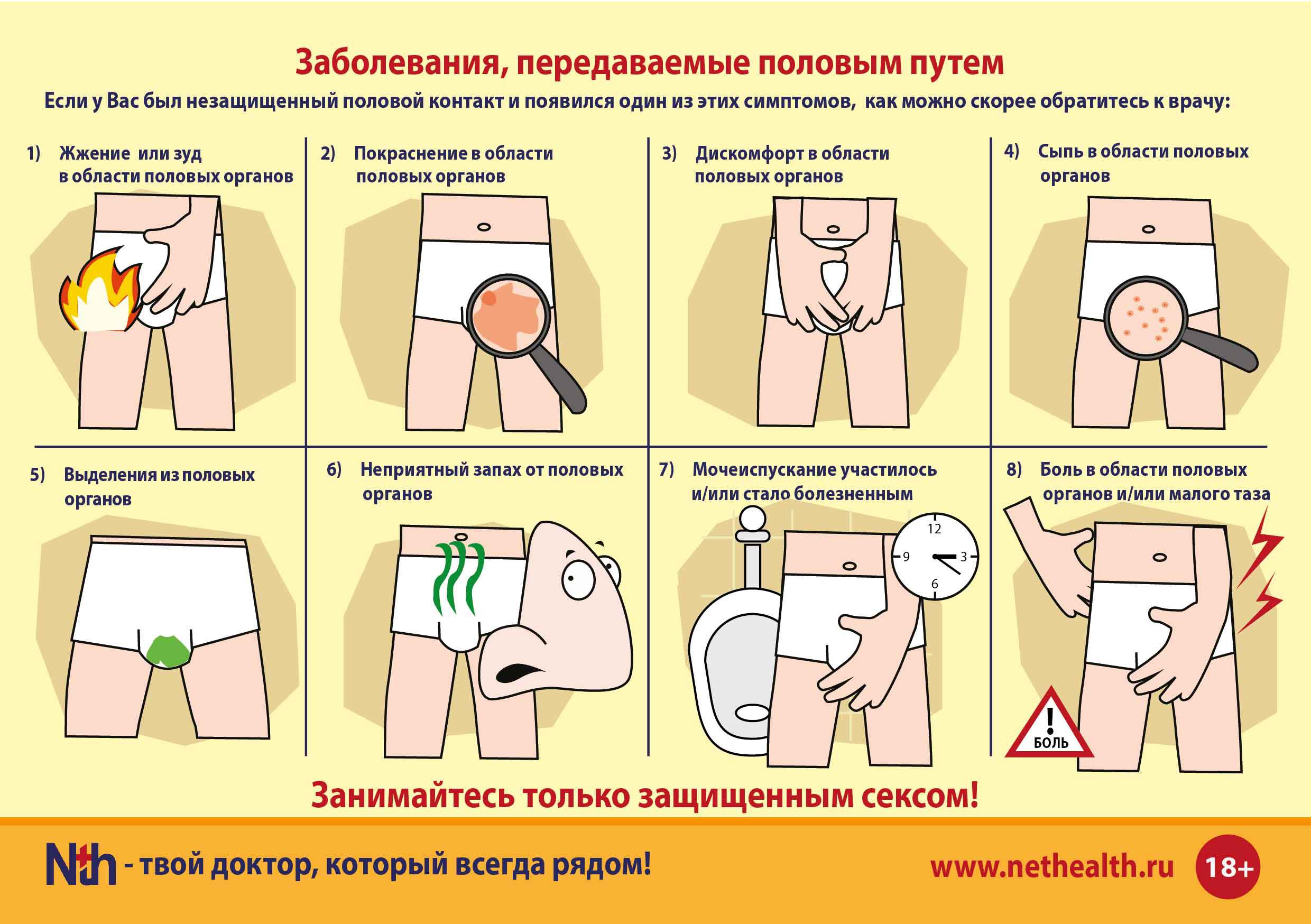Nonspecific immunity and protection against STIs
 The above material clearly explains the basic mechanisms of nonspecific immunity to protect the body from any microorganisms. Like all organs, the reproductive system has its own natural immunity, which prevents the settlement and breeding of any foreign microorganisms.
The above material clearly explains the basic mechanisms of nonspecific immunity to protect the body from any microorganisms. Like all organs, the reproductive system has its own natural immunity, which prevents the settlement and breeding of any foreign microorganisms.
The main elements of it are:
- Epithelial barrier, internal environment and a complex of biologically active substances;
- Cytokines;
- Complement system;
- The phagocytic response of the monocyte-macrophage system and natural killer.
The acidic environment of the vagina in women, which occurs as a result of the activity of sticks of Doderlein – the main representatives of normal microflora is also crucial for the health of the reproductive system.
Acidic pH interferes with reproduction and dispersal of pathogens. According to scientific data, changes in the environmental acidity as a result of influence of adverse factors is one of the causes of vaginal dysbiosis and bacterial vaginosis.
An important element of nonspecific protection is the production of mucin, lysozyme, defensins and other natural antimicrobial peptides that are active against both bacteria and fungi.
The synthesis of these proteins caused by tissue macrophages and epithelial cells, signaling the attack. There are a number of studies demonstrating the influence of sex hormones on the degree of natural immunity in women. Patients receiving hormone replacement therapy, the activity of the immune system also increases.
Thus, a woman's reproductive health is largely dependent on stress, emotional stress, nutrition, physical activity, environment, adhering to day, the endocrine system and levels of sex hormones. Many of these factors are amenable to control.












